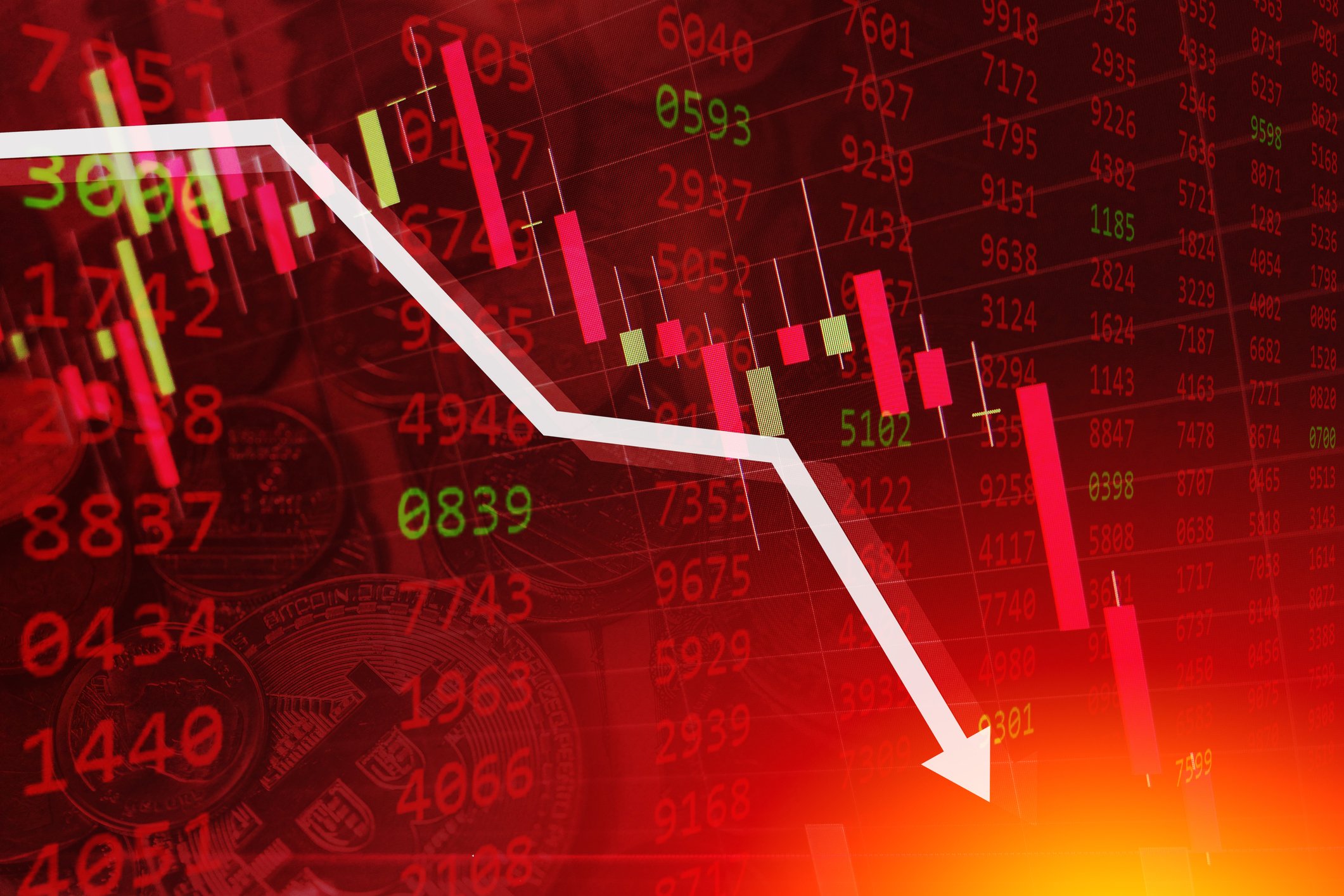Now more than ever, a comfortable retirement depends on secure, stable investments. Unfortunately, the right stocks for retirement won't just fall into your lap. In this series, I look at 10 measures to show what makes a great retirement-oriented stock.
Xerox (XRX +0.00%) used to be such a stalwart of office equipment that its name became a verb. But the photocopying pioneer has faced plenty of competition in the industry, and with imaging and electronic transmission slowly making paper copies less important, Xerox has had to adapt. Below, we'll revisit how Xerox does on our 10-point scale.
The right stocks for retirees
With decades to go before you need to tap your investments, you can take greater risks, weighing the chance of big losses against the potential for mind-blowing returns. But as retirement approaches, you no longer have the luxury of waiting out a downturn.
Sure, you still want good returns, but you also need to manage your risk and protect yourself against bear markets, which can maul your finances at the worst possible time. The right stocks combine both of these elements in a single investment.
When scrutinizing a stock, retirees should look for:
- Size. Most retirees would rather not take a flyer on unproven businesses. Bigger companies may lack their smaller counterparts' growth potential, but they do offer greater security.
- Consistency. While many investors look for fast-growing companies, conservative investors want to see steady, consistent gains in revenue, free cash flow, and other key metrics. Slow growth won't make headlines, but it will help prevent the kind of ugly surprises that suddenly torpedo a stock's share price.
- Stock stability. Conservative retirement investors prefer investments that move less dramatically than typical stocks, and they particularly want to avoid big losses. These investments will give up some gains during bull markets, but they won't fall as far or as fast during bear markets. Beta measures volatility, but we also want a track record of solid performance as well.
- Valuation. No one can afford to pay too much for a stock, even if its prospects are good. Using normalized earnings multiples helps smooth out one-time effects, giving you a longer-term context.
- Dividends. Most of all, retirees look for stocks that can provide income through dividends. Retirees want healthy payouts now and consistent dividend growth over time -- as long as it doesn't jeopardize the company's financial health.
With those factors in mind, let's take a closer look at Xerox.
|
Factor |
What We Want to See |
Actual |
Pass or Fail? |
|---|---|---|---|
|
Size |
Market cap > $10 billion |
$8.9 billion |
Fail |
|
Consistency |
Revenue growth > 0% in at least four of five past years |
3 years |
Fail |
|
Free cash flow growth > 0% in at least four of past five years |
3 years |
Fail | |
|
Stock stability |
Beta < 0.9 |
1.59 |
Fail |
|
Worst loss in past five years no greater than 20% |
(50%) |
Fail | |
|
Valuation |
Normalized P/E < 18 |
9.82 |
Pass |
|
Dividends |
Current yield > 2% |
3.3% |
Pass |
|
5-year dividend growth > 10% |
0% |
Fail | |
|
Streak of dividend increases >= 10 years |
0 years |
Fail | |
|
Payout ratio < 75% |
21.1% |
Pass | |
|
Total score |
3 out of 10 |
Source: S&P Capital IQ. Total score = number of passes.
Since we looked at Xerox last year, the company's score has dropped by two points, as sales fell during 2012 and its market cap dropped. The stock also has performed badly, losing more than 10% over the past year.
Xerox started off 2012 on the wrong foot, missing on its 2011 fourth-quarter earnings. That caused shares to plunge more than 10% despite the fact that the company said it would boost its share buyback program substantially.
Yet despite sporting a very cheap valuation, Xerox hasn't been able to stand up to the competition. Despite outlasting Eastman Kodak, Xerox has still faced challenges from Hewlett-Packard (HPQ 1.04%) and Lexmark (LXK +0.00%) in the important printer space, especially as Lexmark has moved more strongly into the more-lucrative enterprise printing industry and de-emphasized lower-margin consumer ink-jet printers. HP has tried to move away from printers, but until it comes up with a more coherent strategy, it's tough to see it abandoning the space entirely.
Moreover, businesses seem to have cut back on equipment purchases overall. Certainly at the office retail store level, Office Depot (ODP +0.00%) and OfficeMax have struggled to survive, and even industry giant Staples (SPLS +0.00%) hasn't been able to match the success it enjoyed in earlier times. Staples and Office Depot have both faced competition of their own from online-based rivals and a broader economic slowdown, and if these stores can't attract customers, then Xerox misses out on a significant revenue source.
For retirees and other conservative investors, Xerox has a nice dividend, but with concerns about the company's long-term future, it remains a risky play. Without a compelling argument to pull the stock higher in the near future, Xerox hasn't really done anything to earn a spot in your retirement portfolio.
Keep searching
Finding exactly the right stock to retire with is a tough task, but it's not impossible. Searching for the best candidates will help improve your investing skills, and teach you how to separate the right stocks from the risky ones.
Add Xerox to My Watchlist, which will aggregate our Foolish analysis on it and all your other stocks.







